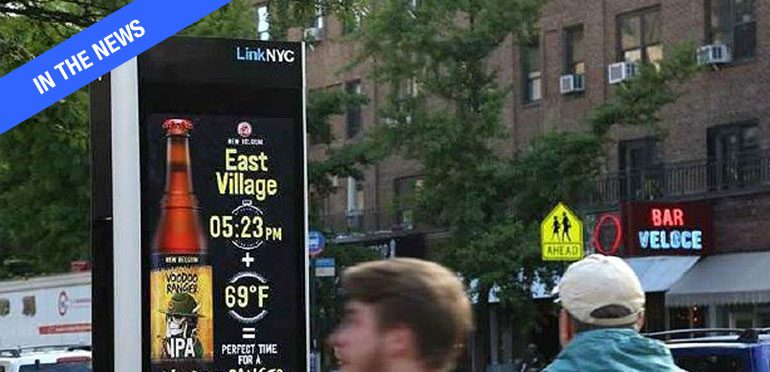Why Tech Is Going Traditional in Transit
Dave Etherington, Intersection, November 27th, 2017
The most captive audience in the U.S. isn’t sitting on a sofa watching Stranger Things — it’s in transit. According to the OAAA’s 2015 data, Americans spend more than 70 percent of their waking hours outside their homes. As the MediaKix/comScore, 2016 Study on Media Consumption; U.S. Census shows, they also spend nearly an hour each day commuting to work, home, or leisure activities. In the U.S. alone, commuters travel more than 59.6 billion miles a year on public transit — buses, subways and trains — spending 318 million hours in commutes.
Because of this, transit is becoming an increasingly attractive space for advertisers. Many of the advertisers driving this trend come from a surprising place: technology companies and startups. Brands such as Samsung, Lyft and Casper stand at the forefront of the latest innovations in technology and occupy a largely digital space, but they are increasingly drawn towards ads in public transportation. Why might this be the case? In one word: exposure.
For instance, according to Intersection’s proprietary data, 98.5 percent of Chicagoans, 95 percent of Philadelphians and 96 percent of Seattleites are reached by transit media. Only a handful of traditional digital media channels have this level of visibility, despite their modernity. In addition, other digital media is more easily ignored, fast-forwarded, or skipped over.

